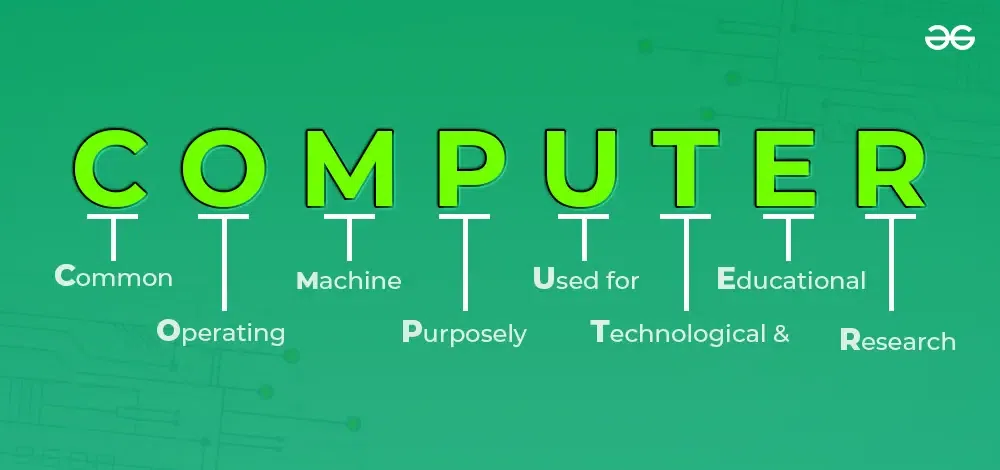
Full Form of Computer: A computer is an electronic device that can process information, store data, retrieve data, and execute arithmetic and logical operations. It takes in information in the form of data and instructions, processes the data, and then outputs information.
Candidates should be familiar with the full form of the computer as well as other widely used abbreviations in the computer when preparing for various competitive exams. Knowledge of computers is also crucial for interviews when fundamental inquiries about computers are frequently made.
Full Form of Computer: Various Generations of Computers
A computer is an electronic device that is utilized for manipulating data or information. It has the capability to process, store, and retrieve data. In the past, the term “computer” was used to describe individuals who performed mathematical calculations before electrical computers became widely accessible for purchase. This usage dates back to the early 17th century.
First generation

Vacuum tubes were the primary memory and CPU circuitry components in the first generation of computers. These tubes generated a lot of heat, much like electric lights would, and the installations frequently fused. ENIAC, UNIVAC1, IBM 650, IBM 701, etc. are a few examples.
Second Generation
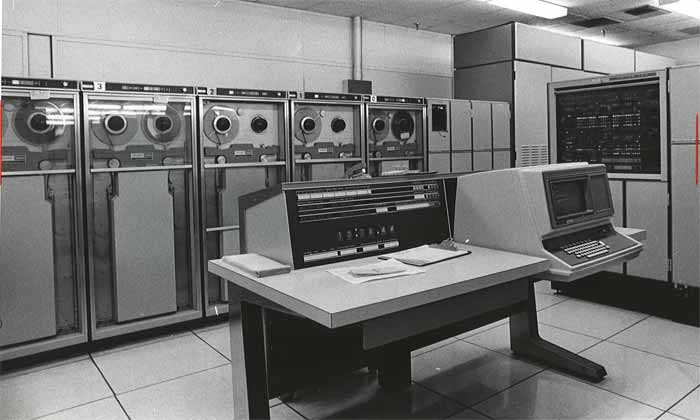
A computer that uses discrete transistors rather than vacuum tubes is referred to as a transistor computer, sometimes known as a second-generation computer. IBM 1401, IBM 7090 and 7094, UNIVAC 110 7, etc. are a few examples.
Third Generation
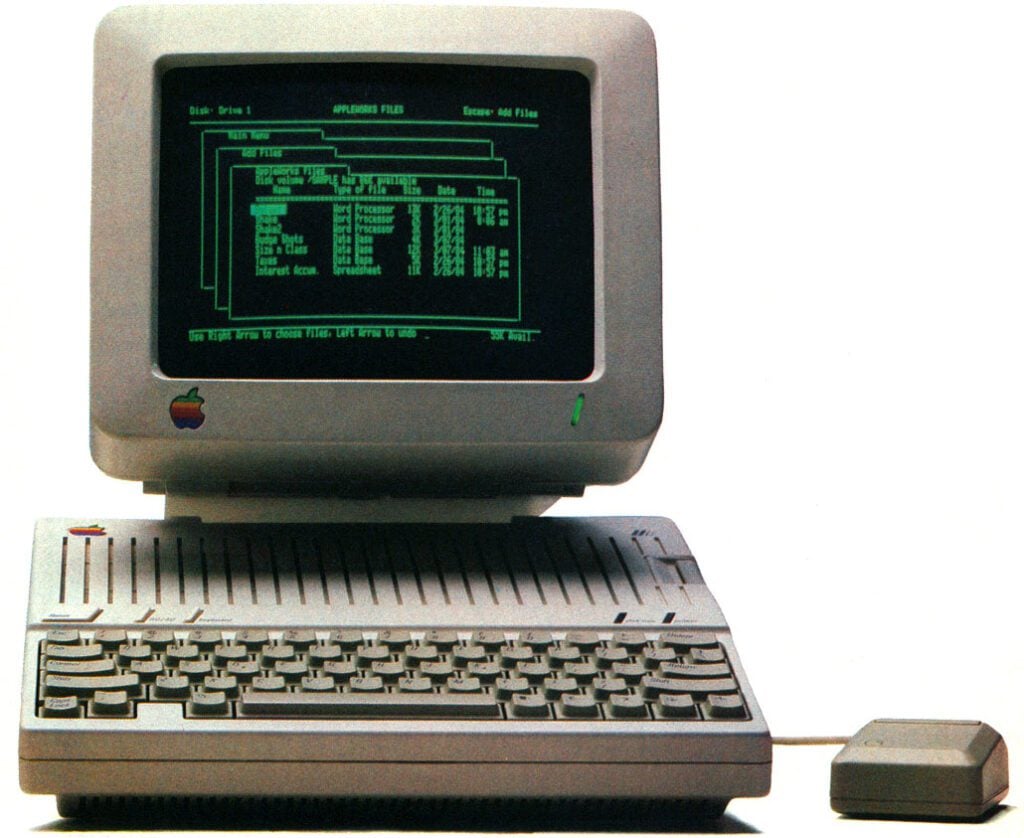
The invention of the integrated circuit (IC) led to the emergence of third-generation computers. They represented the initial steps towards modern computers. IBM 360, IBM 370, PDP-11, UNIVAC 1108, etc. are a few examples.
Fourth Generation
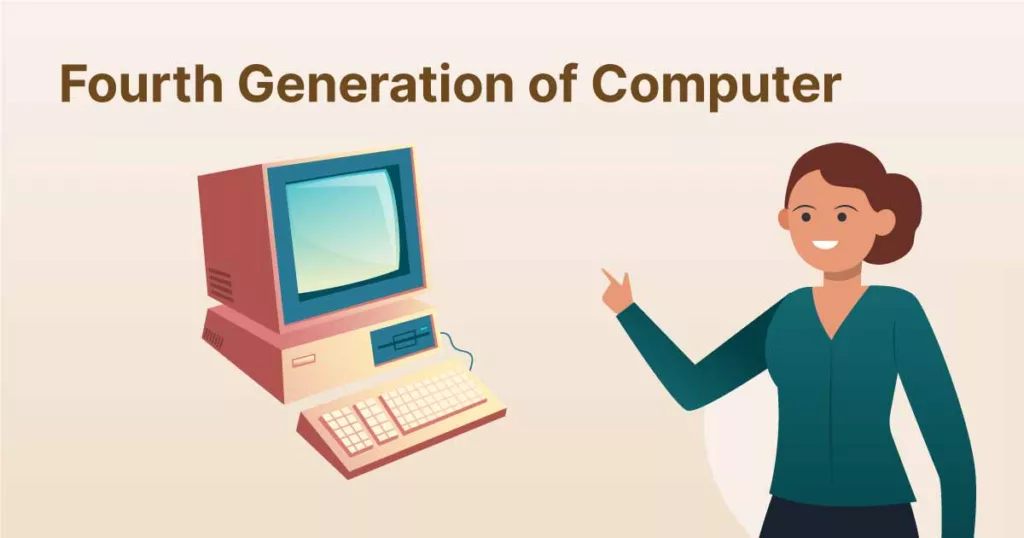
The Fourth Generation of computers employed VLSI (Very Large Scale Integrated) circuitry. Microcomputers of the fourth generation were made possible by VLSI circuits, which had around 5000 transistors and other circuit parts with their accompanying circuits on a single chip. Examples include the Apple II, STAR 1000, IBM PC, and Macintosh.
Fifth Generation
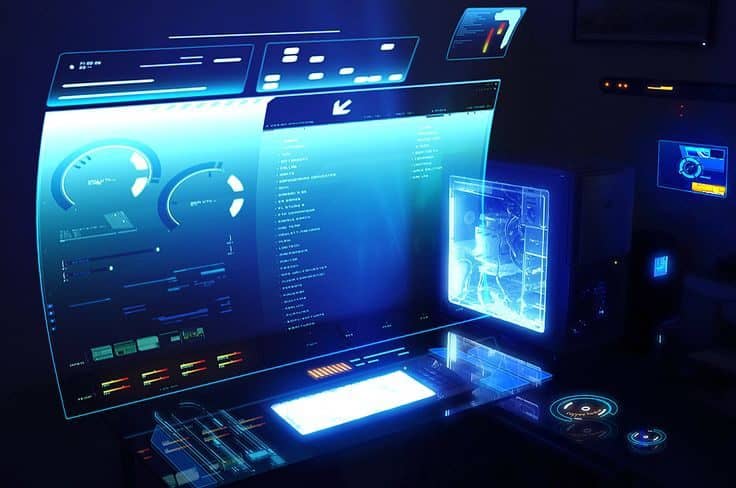
This generation of computers uses parallel processing and microelectronic technology, which has a high processing capacity. The most recent and most technologically sophisticated generation of computers is this one. Desktops, laptops, tablets, smartphones, etc. are a few examples.
FAQs
Is there a full form for COMPUTER?
No, “computer” is not an acronym. It’s a word that has evolved over time to describe electronic machines that perform calculations and manipulate data.
Why do some people think COMPUTER has a full form?
Backronyms, which are phrases created to fit an existing abbreviation or acronym, might be the reason for this misconception. Some common backronyms for COMPUTER include “Common Operating Machine Purposely Used for Technological and Educational Research” or “Calculating Organ for Making Precise Computations and Electronic Research.” However, these are not the original meaning of the word.
Is there any other full form for computer?
While there are other interpretations, the most widely accepted full form is the one mentioned above.
Also Read:








